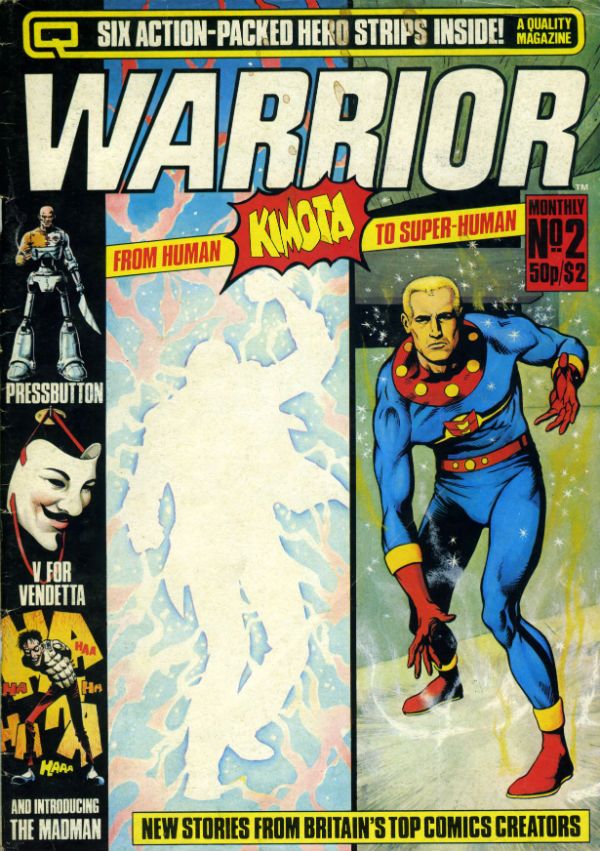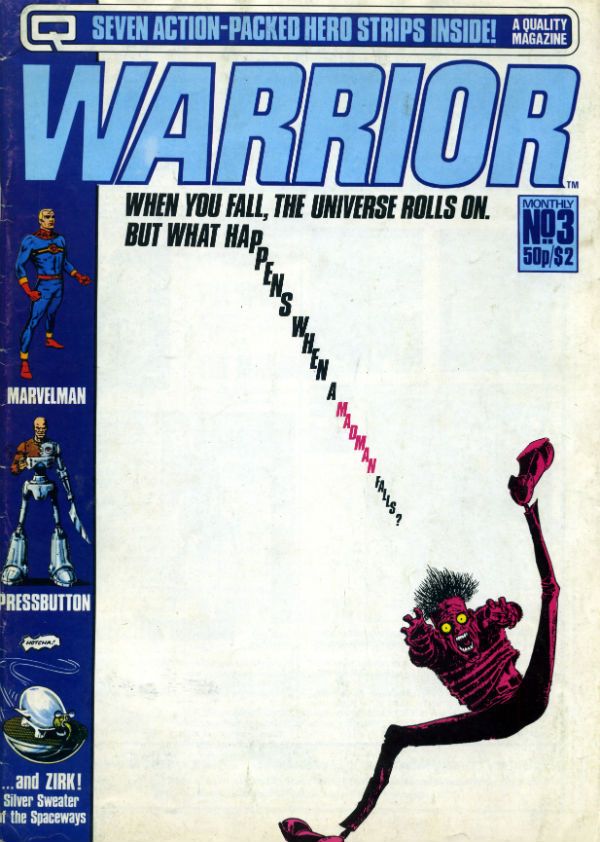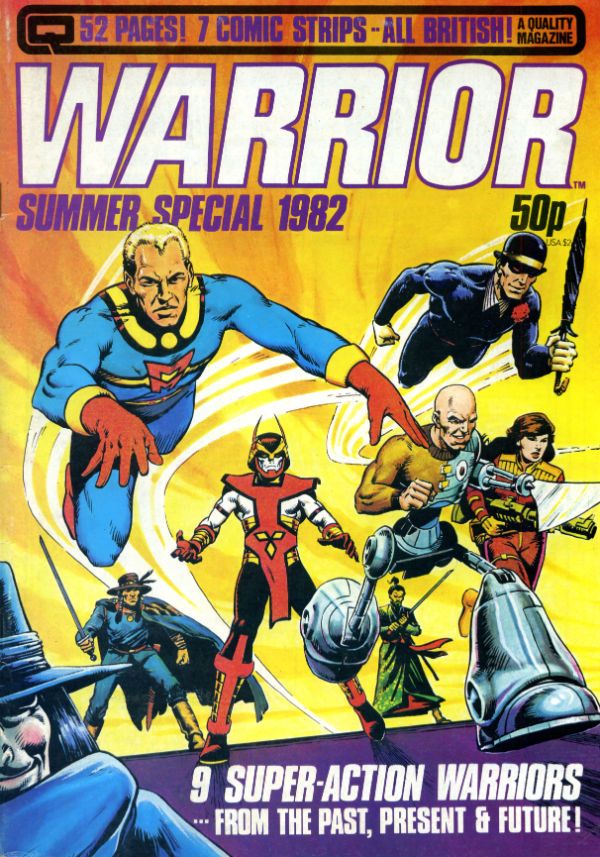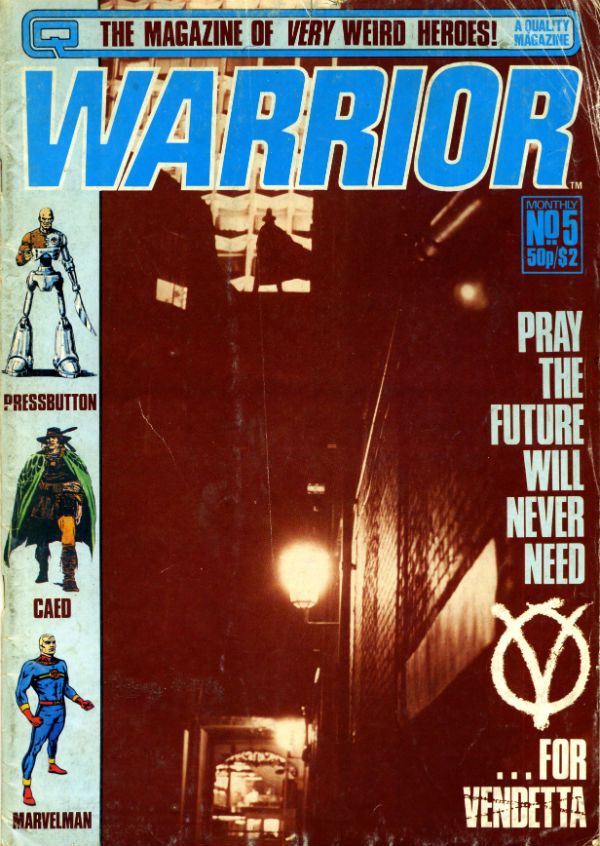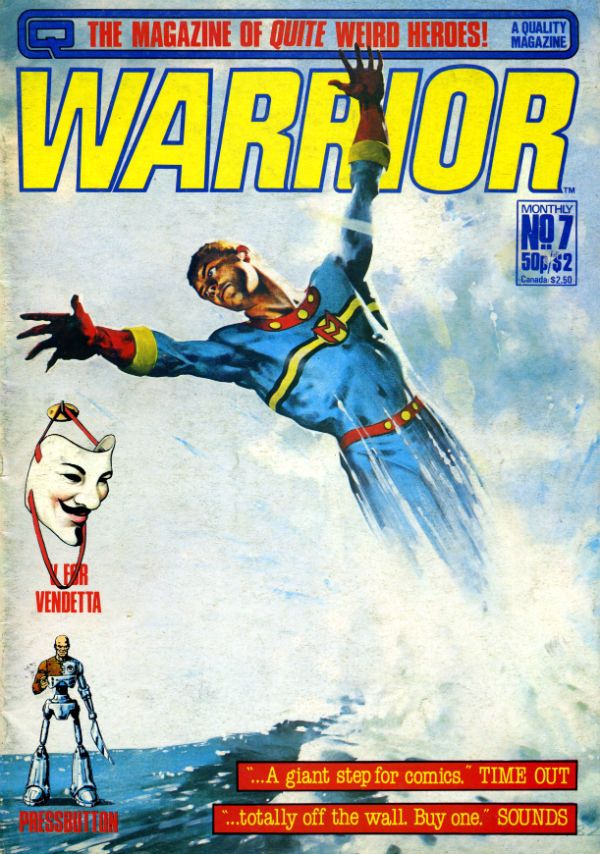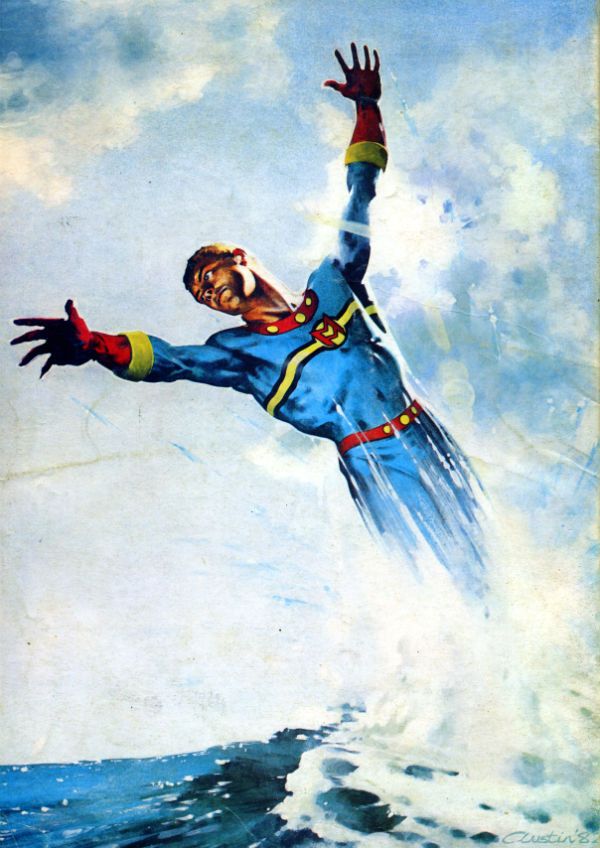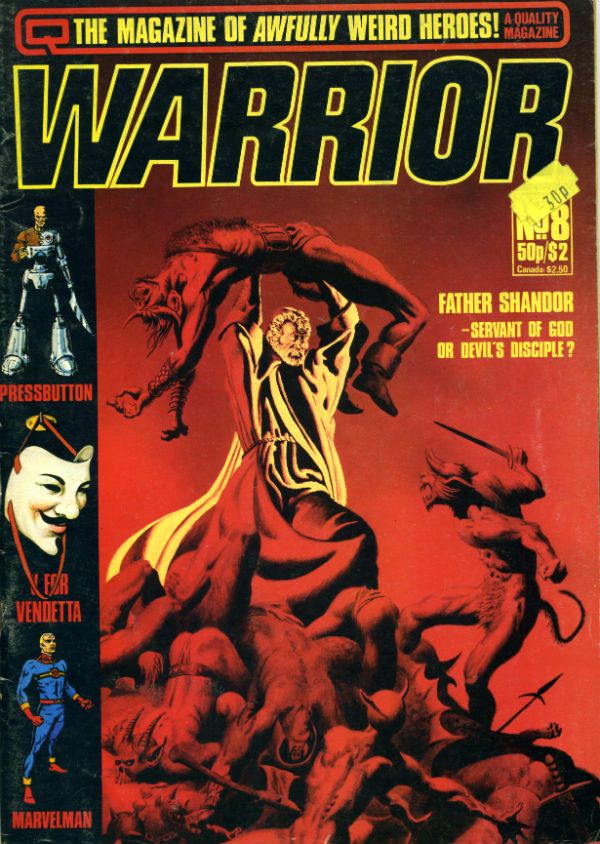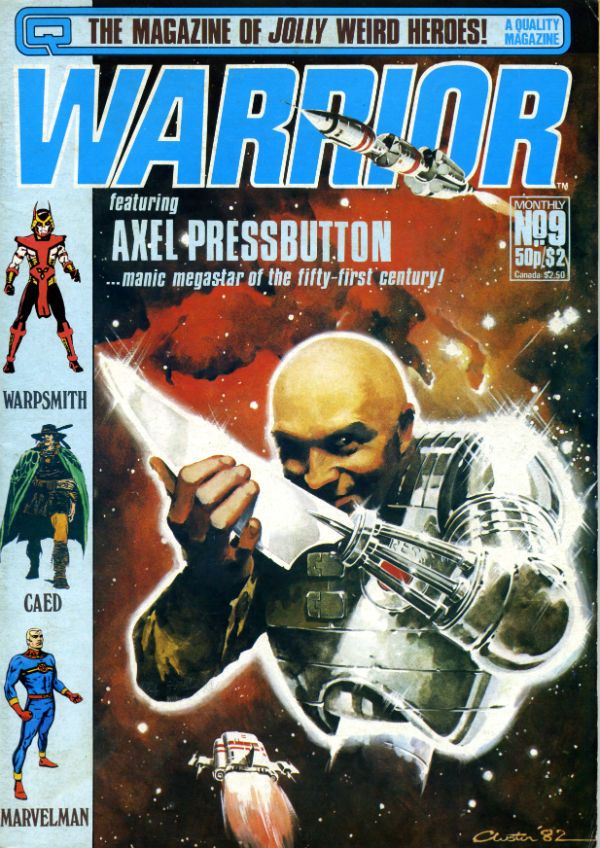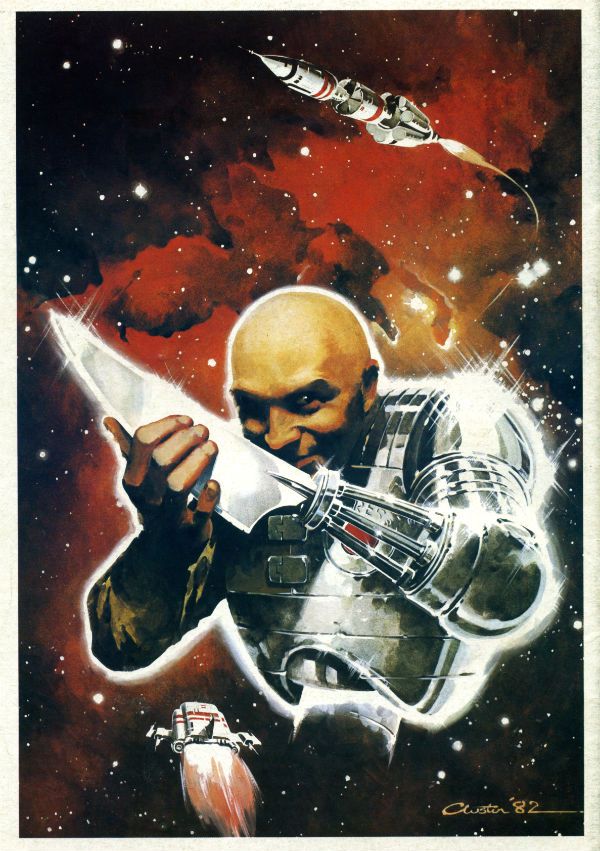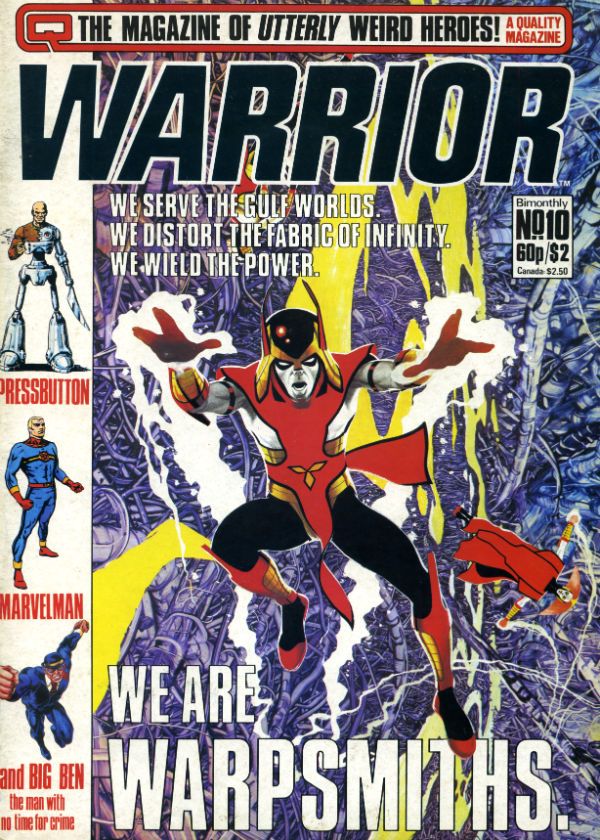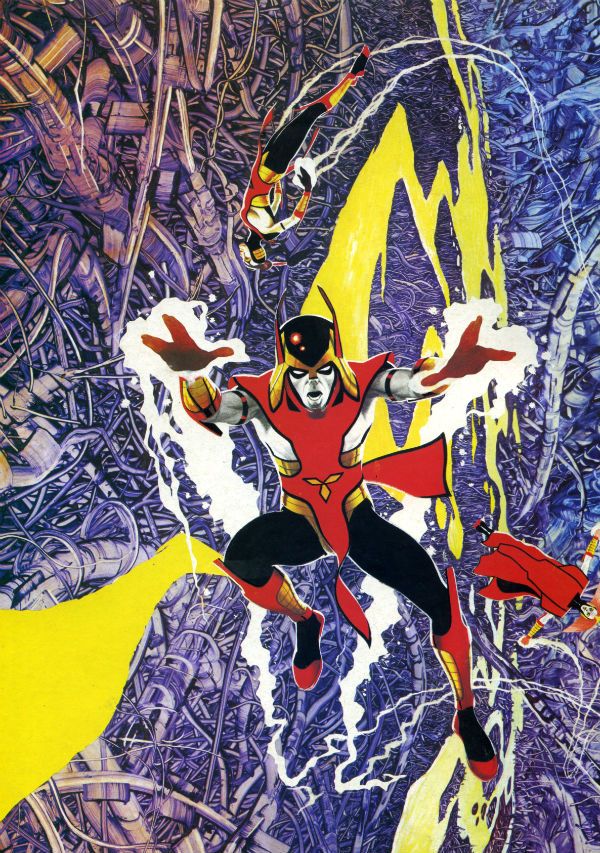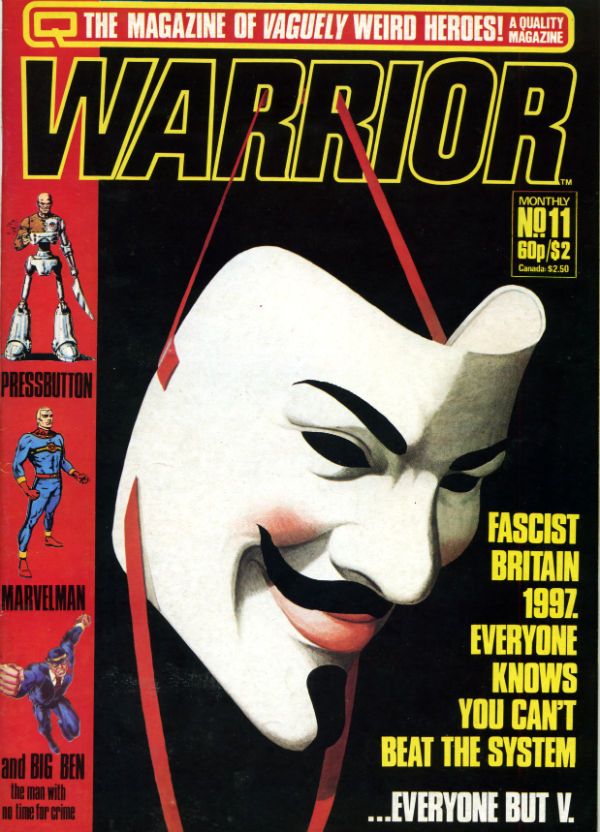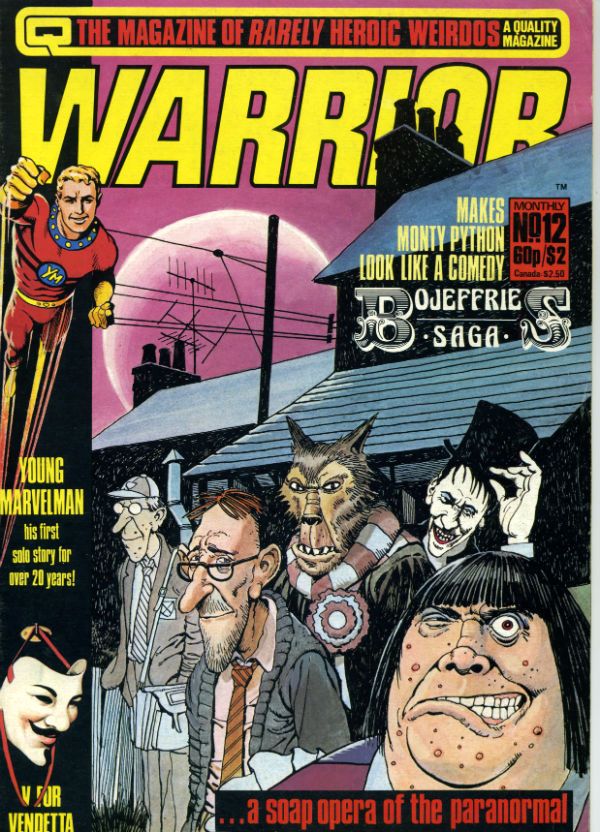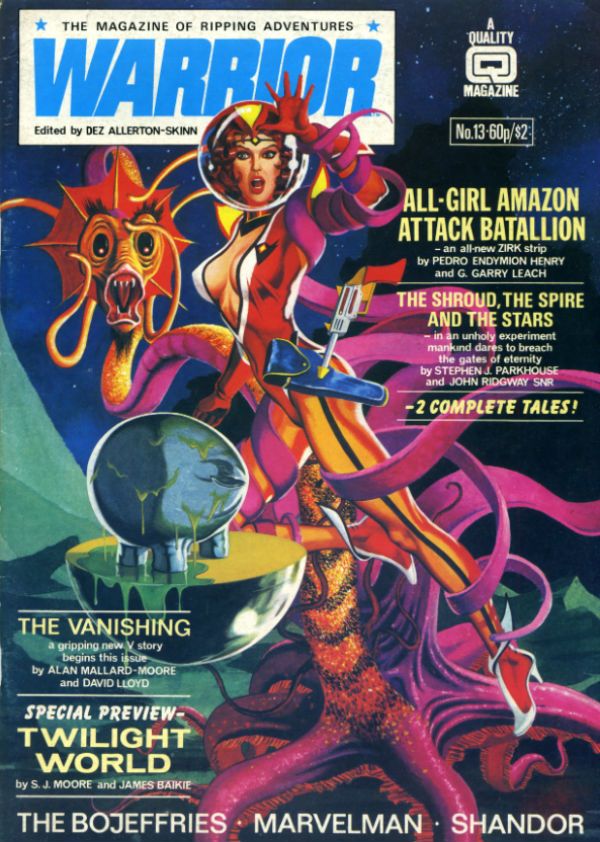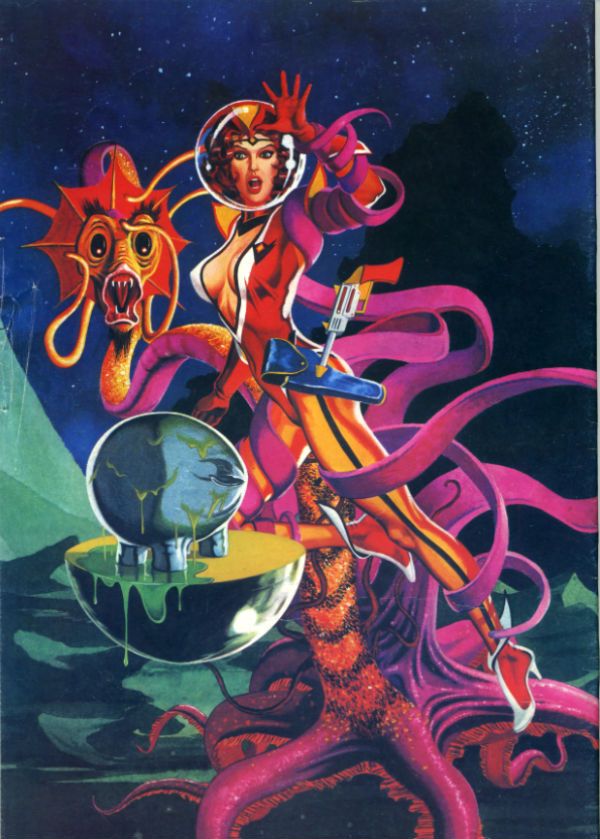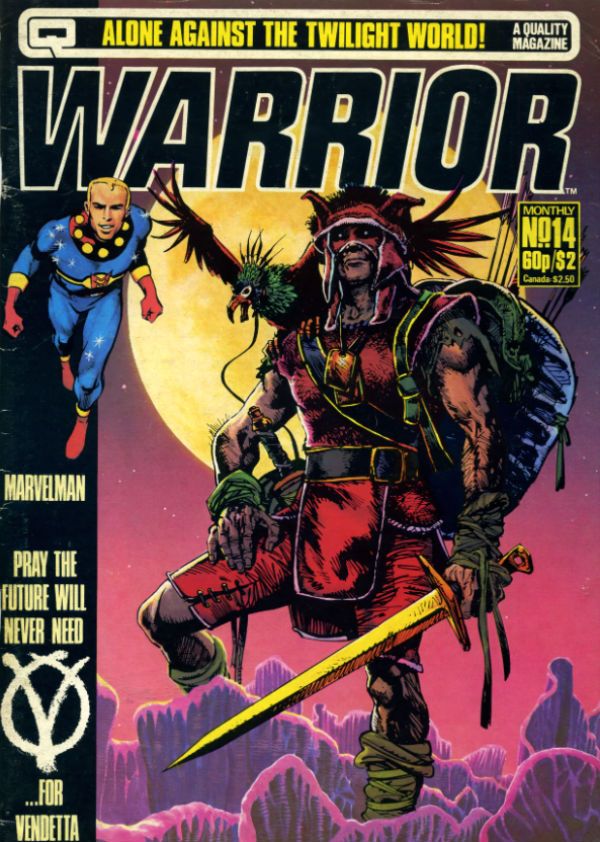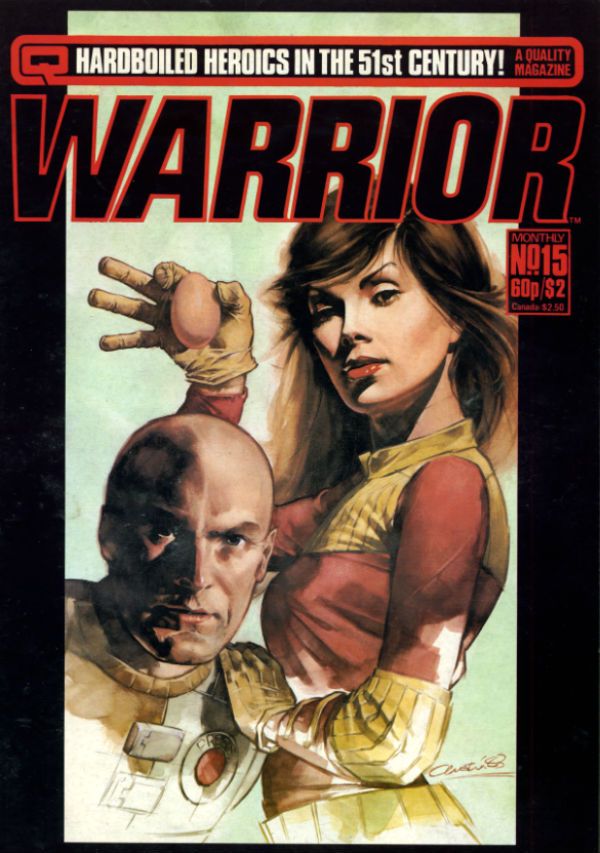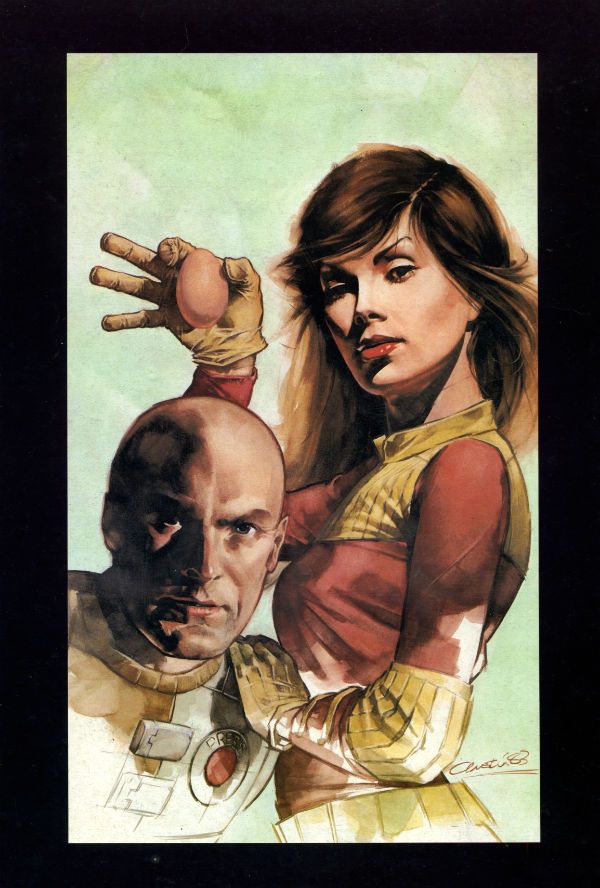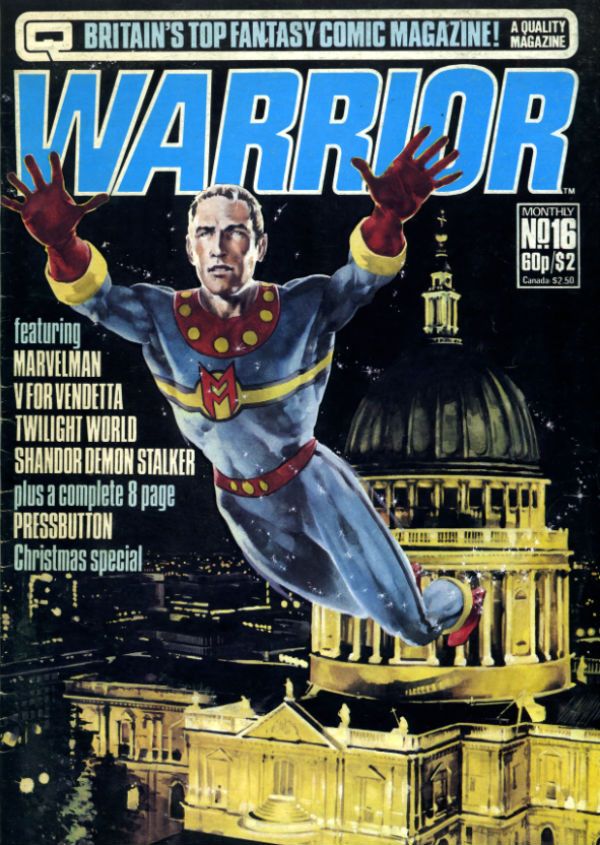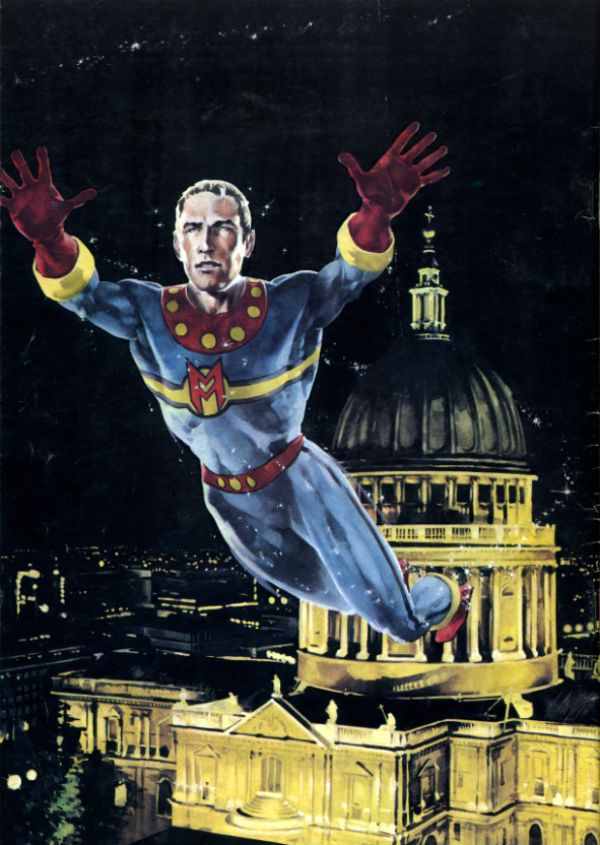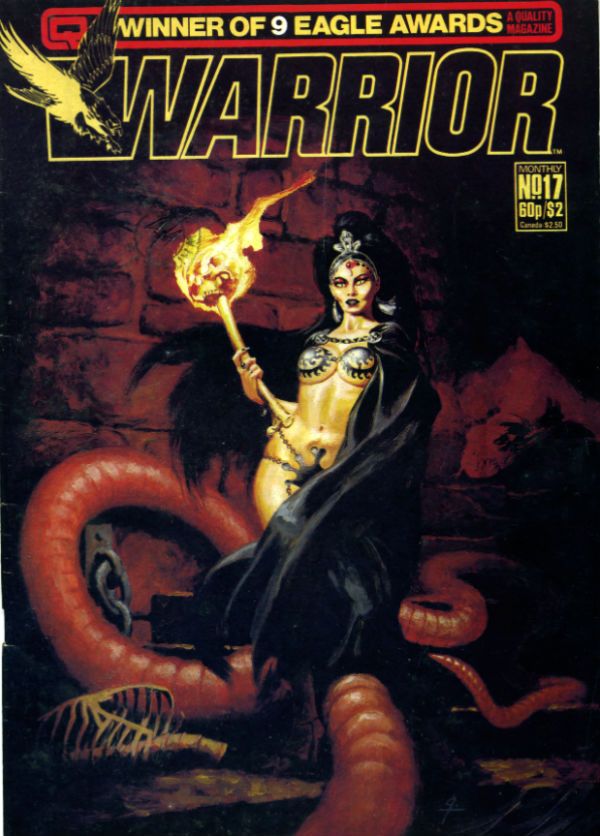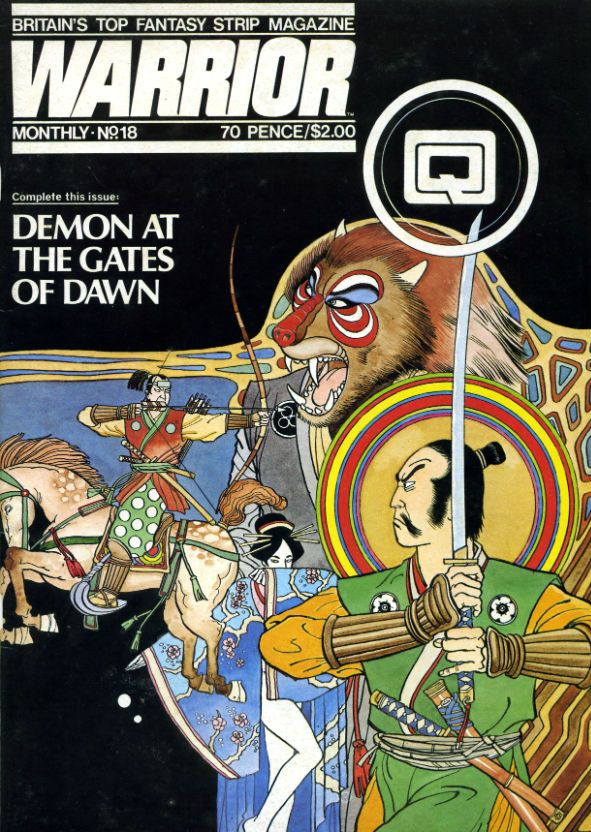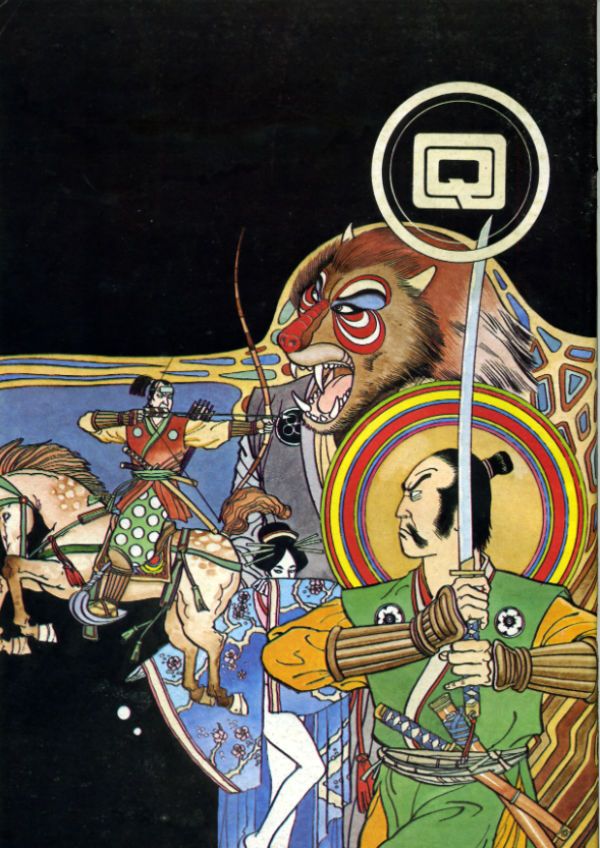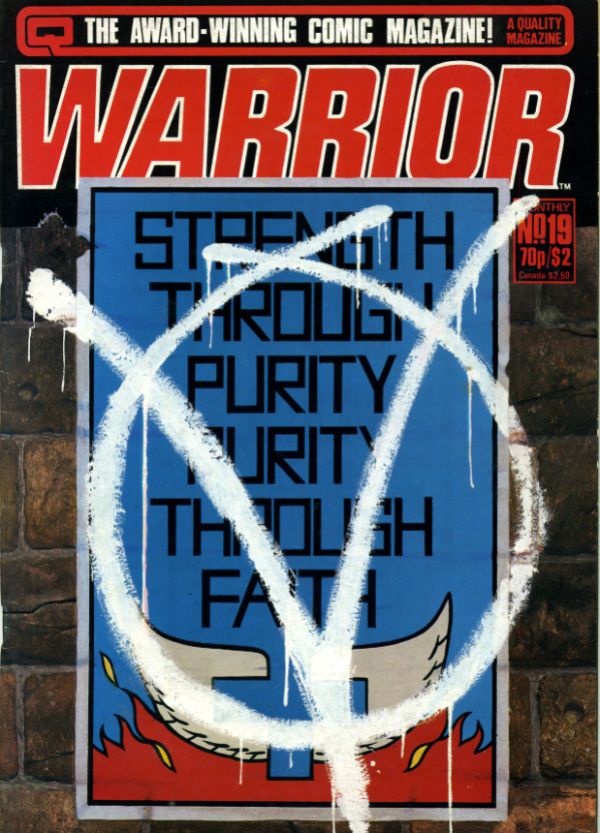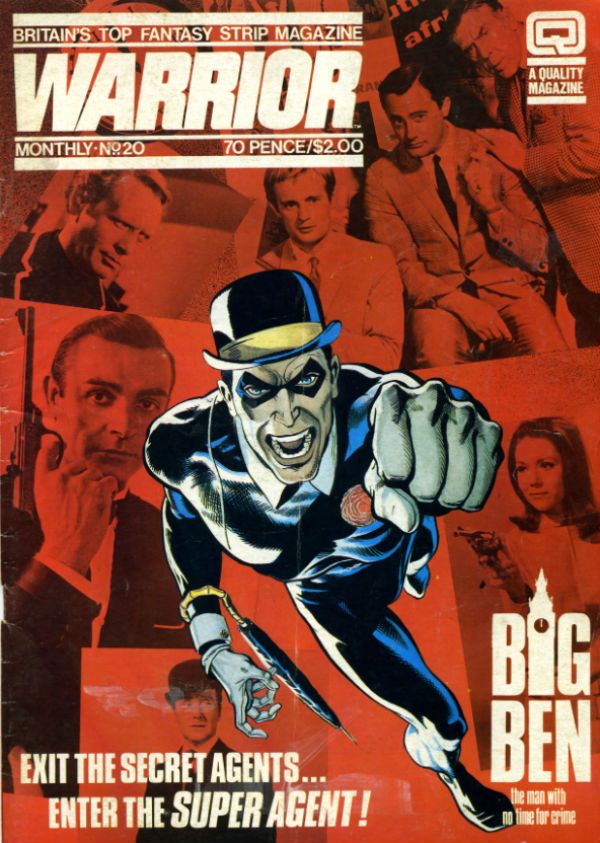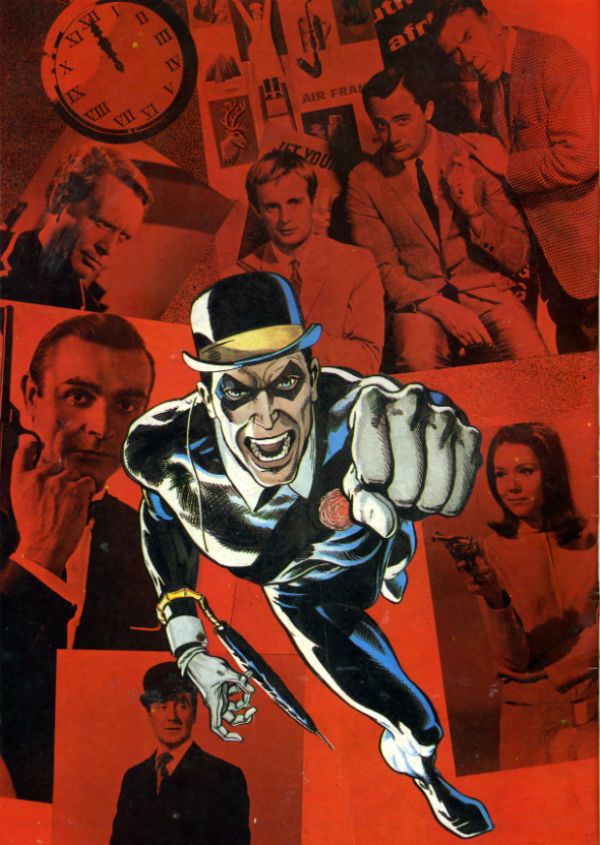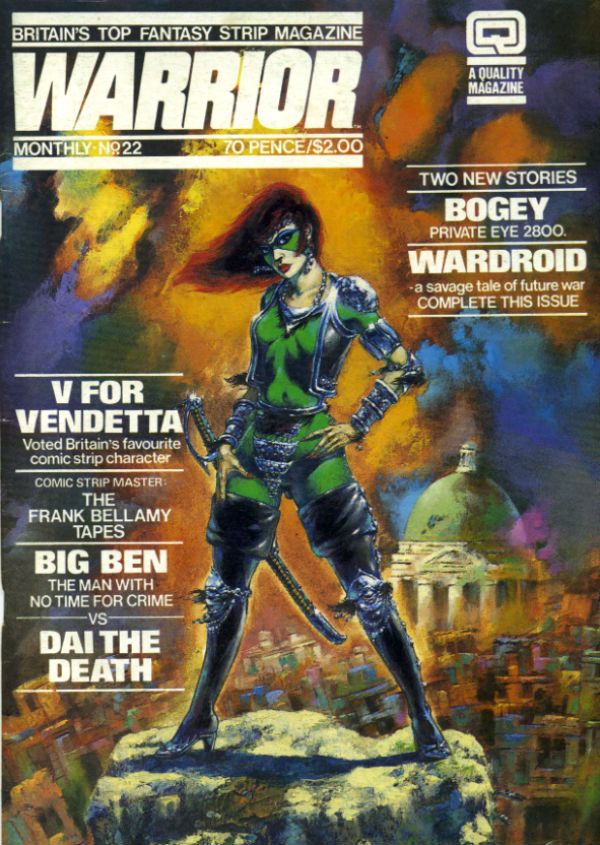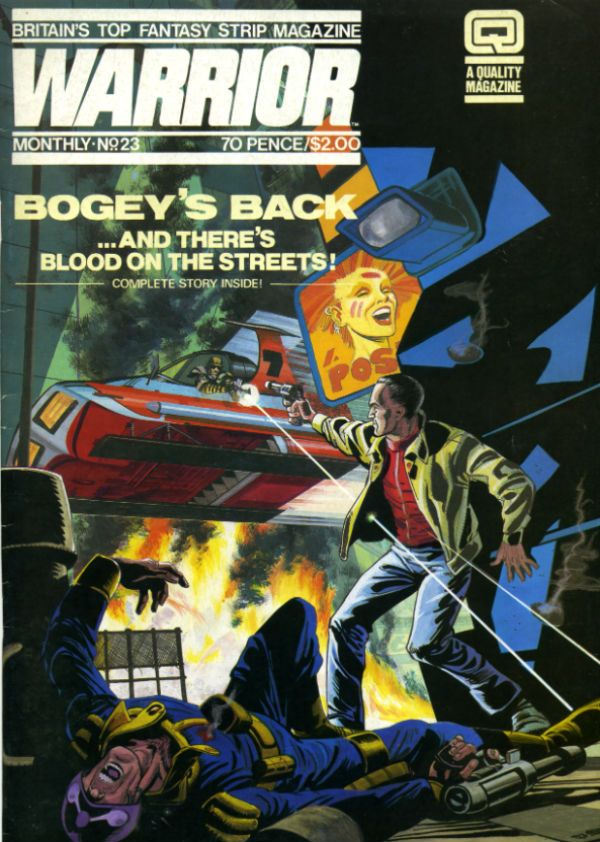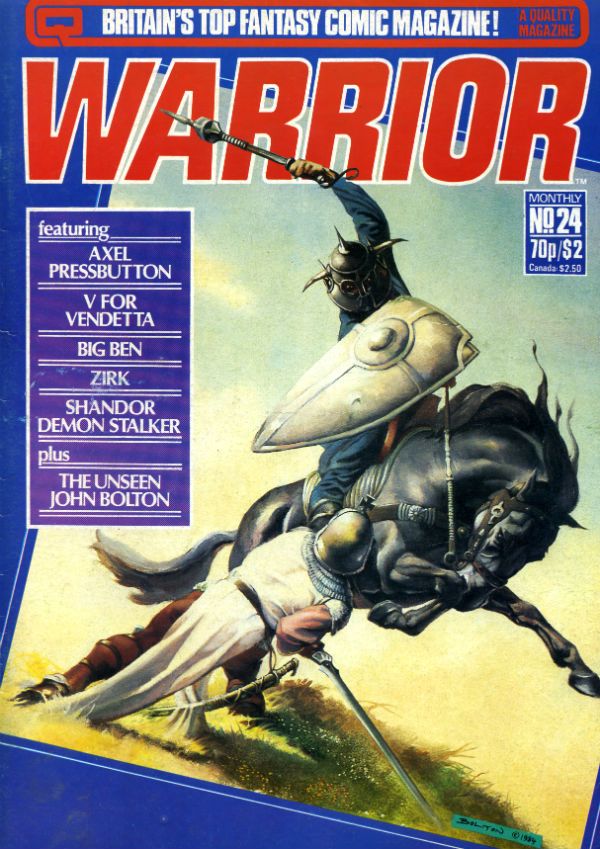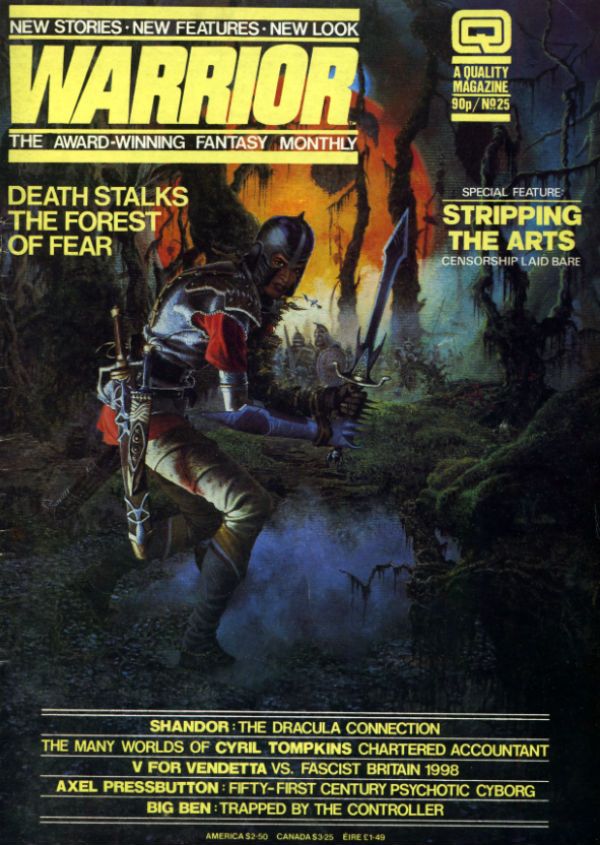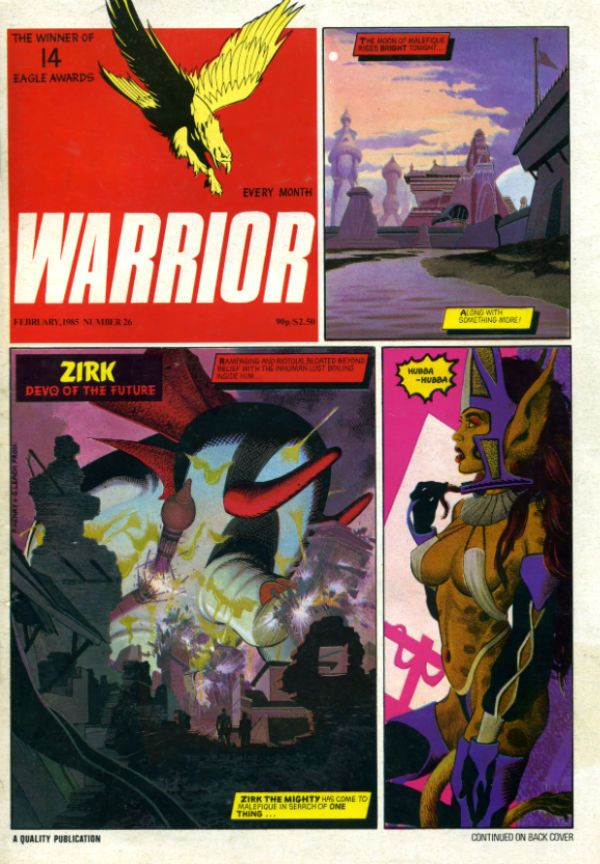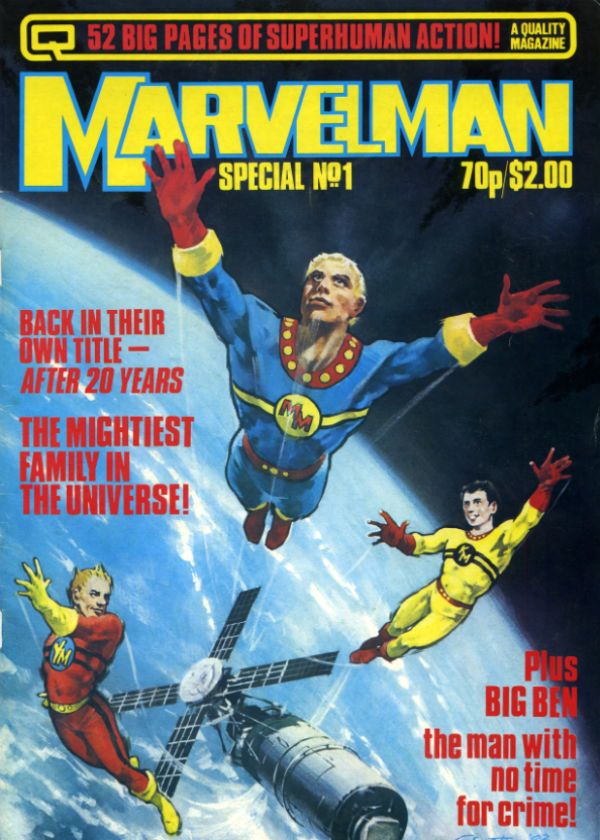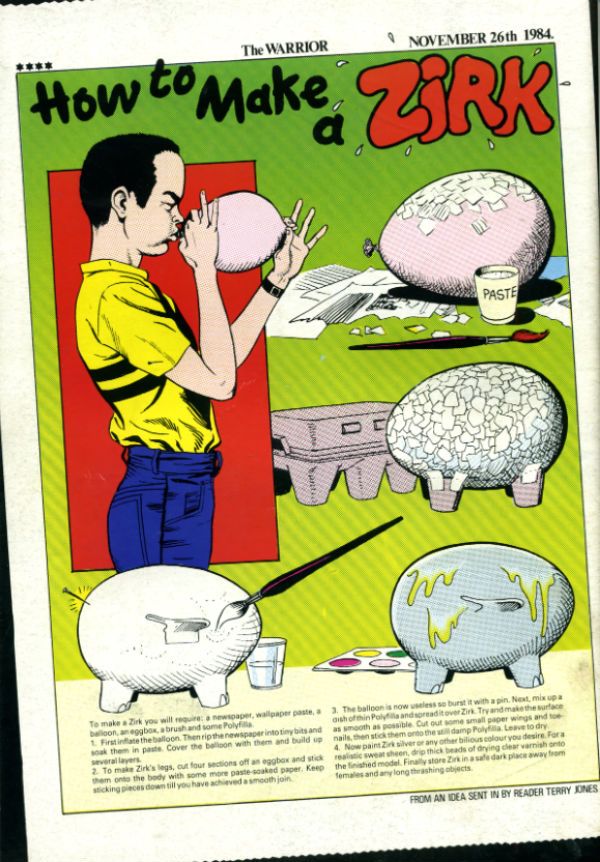
 Squadron Supreme
Mark Gruenwald, writer
Bob Hall, Paul Ryan, John Buscema, Paul Neary, artists
Marvel, 1985-1986 (my collected edition is dated 2003)
352 pages
$29.99
Squadron Supreme
Mark Gruenwald, writer
Bob Hall, Paul Ryan, John Buscema, Paul Neary, artists
Marvel, 1985-1986 (my collected edition is dated 2003)
352 pages
$29.99
I don't know what it is about Squadron Supreme, but I seem to read it only during times of great personal trauma. I first read the book in 2003, during my wife's hospitalization at a residential treatment facility for eating disorders. I have vivid memories of sitting at a nearby Panera Bread between visiting hours, slowly turning the pages. And as I reread the book over the past couple of weeks, an 11-month period during which my wife suffered two miscarriages was capped off by the news that one of my cats has a chronic immune-system disease, complications from which prevented him from eating; our other cat had a cancer scare; both of our cats required major surgery; and one of my wife's best friends lost her sister-in-law, her niece, and all three of her very young children in a catastrophic car accident that left three other people dead as well.
(More, and less TMI, below the jump.)
So it's entirely possible that as effective and affecting as I find Mark Gruenwald's magnum opus, my real life is doing a lot of the heavy lifting. Certainly there are a couple of very different ways to read this, arguably the first revisionist superhero comic available to the North American mainstream. For some people, no matter how interesting Gruenwald's ideas are in terms of laying out the effects of a Justice League of America-type group's decision to really make the world a better place by transforming society into a superhero-administered utopia, the execution--art, dialogue, and melodramatic plotting all firmly in the mainstream-superhero house style--cuts it off at the knees. For others, it's precisely that contrast between the traditional stylistics of the superhero and a methodical chronicling of superheroes' disastrous moral and physical shortcomings that makes the book work.
Count me in the latter category. Squadron Supreme may have more in common with later pseudo-revisionist works like Kingdom Come than it does with Watchmen in that it obviously stems from a place of great affection for the genre rather than dissatisfaction with it. Heck, even The Dark Knight Returns, which is really a celebration of the superheroic ideal, earns its revisionist rep for a thorough dismantling of the superheroes-as-usual style, something Squadron Supreme couldn't care less about. No, by all accounts (certainly by the testimonials from Mark Waid, Alex Ross, Kurt Busiek, Mike Carlin, Tom DeFalco, Ralph Macchio, and Catherine Gruenwald printed as supplemental materials here) Mark Gruenwald seems to be working in Squadron as a person who loves superheroes so much that he can't help but try to find out just how far he can take them. That what he comes up with is so bleak and ugly--nearly half of his main characters end up dead, for pete's sake--is fascinating and sad. It's like watching Jack Webb do another season of Dragnet consisting of plotlines from The Wire Season Four: Against America's broken inner-city school system and grinding cycle of poverty, violence, corruption, and abuse, even Sgt. Joe Friday would be powerless.
Of course, in Squadron Supreme the heroes generally do prove able to conquer humankind's intractable problems. A combination of the kind of supergenius technology that under normal circumstances only gets used to create battle armor or gateways to Dimension X and the tremendous sheer physical power of the big-gun characters proves enough to end war, crime, and poverty, and even put a hold on death. (The book's vision of giant "Hibernaculums" in which thousands of frozen corpses are interred until such time as medical science discovers a cure for their condition is one of the book's great, haunting moments of disconnect between cheerful presentation and radical society-transforming idea.) Gruenwald and his collaborators seem to have no doubt that should Superman, Wonder Woman, Green Lantern, the Flash, and the rest of the JLA (through their obvious Squadron analogues) be given the reins of the world, they really could solve all our problems for us.
It's the methods they'd use to get us there that Gruenwald has doubts about. A Clockwork Orange-style brainwashing for criminals; a Second Amendment-busting program of total disarmament for military, law enforcement, and civlians alike; a takeover of many of the key functions of America's democratically elected government--despite placing his beloved heroes at the center of these plots, it's no secret where Gruenwald's sympathy lies. (To return to the Hibernaculums again, a brief sequence involving "right to die" protestors features some of the book's most provocative ideas just painted on their placards, eg. "WITHOUT DEATH, LIFE IS MEANINGLESS!!!" Yes, there were three exclamation points on the sign.) Still, Gruenwald backpedals from condemning his heroes for their excesses outright: During the book's climactic confrontation, as bobo Batman Nighthawk wages a war of words with Superman stand-in Hyperion, the rebel leader reveals his biggest problem with the Squadron's "Utopia Program" to be his fears over what will happen to it when the golden-hearted Squadron members are gone and someone less worthy takes over their apparatus of complete control. (It's worth noting that the Squadron gets the idea for the Utopia Project as a solution for the damage they themselves did to the planet while under mind control by an alien tyrant.)
But parallel to the big political-philosophical "What If?" ramifications runs another, more affecting revisionist track. This one focuses on the individual problems and perils of the Squadron members. Some of these flow from the underlying Utopia Project scenario, and about those more in a minute, but other times--a Hyperion clone succesfully impersonating him and seducing the Wonder Woman character, Power Princess, in his place; little-person supergenius Tom Thumb (just barely an Atom analog) dying of cancer he's not smart enough to cure--Gruenwald simply takes a familiar superhero trope or power set and plays the line out as far as it'll go. In some cases, such as setting up a fundamental Batman/Superman conflict, making Superman and Wonder Woman an item, explicitly depicting the Aquaman character Amphibian as an odd man out, and dancing up to the edge of Larry Niven's "Man of Steel, Woman of Kleenex" essay on the dangers of superhero sex, I would guess Gruenwald was for the first time giving in-continuity voice to the stuff of fanboy bull sessions that had taken place in dorm rooms and convention bars for years.
While that's a lot of fun, it's the unique touches brought to the material by Gruenwald, shaped into disconcerting images by his rotating cast of collaborators (mostly Bob Hall and Paul Ryan), that get under your skin. Nuke discharging so much power inside Doctor Spectrum's force bubble that he suffocates himself. The vocally-powered Lady Lark breaking up with her boyfriend the Golden Archer under a suppressive cloud of giant, verbiage-filled word balloons. A comatose character's extradimentional goop leaking out of him because his brain isn't active enough to stop it, threatening to consume the entire world until Hyperion literally pulls the plug on his life support system. Power Princess tending to her septuagenarian husband, who she met when she first made the scene in World War II. Hyperion detonating an atomic-vision explosion in his semi-evil doppelganger's face, then beating him to death. Tom Thumb's death announced in a panel consisting of nothing but block text, unlike anything else in the series. Amid the blocky, Buscema-indebted pantomime figurework and declamatory dialogue, these moments stand out, strangely rancid and difficult to shake.
Perhaps no other aspect of the book gives Gruenwald more to work with than the behavior modification machine. There are all the ethical debates you'd expect--free will, the forfeiture of rights, the greater good. There's the slippery slope of mindwiping you saw superheroes slide down decades later, and far less interestingly, in Identity Crisis. But again, the personal trumps the political. The standout among the series' early, episodic issues is the one in which Green Arrow knockoff the Golden Archer (who has the second-funniest name in the series, after Flash figure the Whizzer) uses the b-mod machine on Black Canary stand-in Lady Lark to make her love him after she rebuffs his marriage proposal. She ends up unable to bear being away from him, her fawning driving him mad with guilt, and even after he comes clean about his deception and is expelled from the team, the modification prevents her from not loving him. Later, the device's use on some of the Squadron's supervillain enemies turns them into obsequious allies-cum-servants whose inability to question the Squadron, and moreover to feel anything but thrilled about this, does more to turn your sympathies against the SS than all the gun-confiscation scenes in the world.
Late in the book, another pair of behavior modification-related incidents ups the pathos to genuinely disturbing levels. When b-modded ex-villain Ape X spies a new Squadron recruit secretly betraying the team, her technologically mandated inability to betray the Squadron member by telling on her or betray the rest of the team by not telling on her overwhelms Ape X's modified brain and turns her into a vegetable. And when Nighthawk's rebel forces kidnap the mentally retarded ex-villain the Shape in order to undo his programming, his childlike pleas for mercy are absolutely heartbreaking, as is the cruel way in which the rebels repeatedly deceive him in order to advance their aims. The look of panic on his face as he shouts "Don't hurt Shape please!" is tough to stomach.
What it reminds me of more than anything is taking an adorable stuffed animal that you love and throwing it in the garbage. Do you know that feeling? This is not a sentient creature, it does not and cannot interact with you in any real way--and yet you love it. It never did anything to hurt you. Why would you want to throw the poor guy away? No, don't! By the time you get to the end of Squadron Supreme, a love-letter to the Justice League of America that ends with an issue-long fight that leaves half the participants brutally slaughtered, that's the feeling I get from the whole book. These superheroes never did anything but bring Mark Gruenwald great joy, he wanted to repay that by doing something unprecedented with them, but as it turns out the unprecedented thing to do was to throw them away.
 Alan Moore and Alan Davis correctly predict the reaction of the Internet to those Miracleman reprints coming in January 2014. Who sez he ain't magic!?!
Alan Moore and Alan Davis correctly predict the reaction of the Internet to those Miracleman reprints coming in January 2014. Who sez he ain't magic!?!

